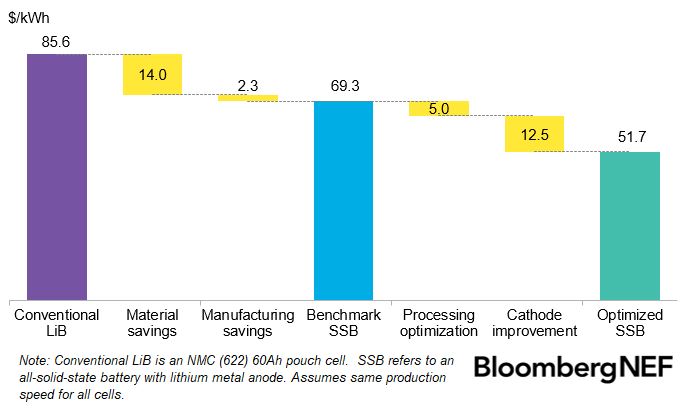
Reading through @BloombergNEF's reaction to the IRA, this bullet highlights another great win for the US battery industry.
If these credits are anything like the PTC/ITC for wind, solar and storage, this will support a huge build out of the US battery supply chain.
#battchat
If these credits are anything like the PTC/ITC for wind, solar and storage, this will support a huge build out of the US battery supply chain.
#battchat

The PTC should make US cell production competitive with cell manufacturing in China.
This could lead to the US could becoming the second largest manufacturer of lithium-ion batteries after China. Although it is probably not until closer to 2030 that the US passes Europe.
This could lead to the US could becoming the second largest manufacturer of lithium-ion batteries after China. Although it is probably not until closer to 2030 that the US passes Europe.

As @AndyLeachBatt points out, a feature of the PTC is that it is chemistry agnostic. This would make LFP cells significantly cheaper than nickel based cells in the US
This would encourage LFP production, despite the fact that Iron isn't included as a critical mineral
#battchat
This would encourage LFP production, despite the fact that Iron isn't included as a critical mineral
#battchat

• • •
Missing some Tweet in this thread? You can try to
force a refresh






